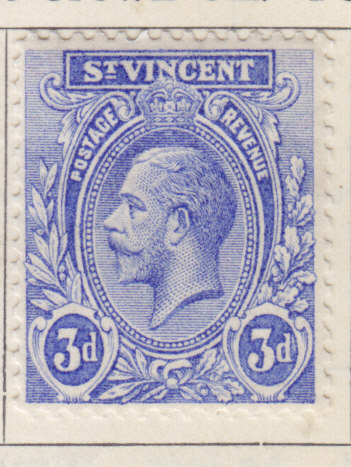Shown below is the stamp set issued for Ethiopia in 1919. The designer for the set was Walter Plattner and the set was lithographed in sheets of 100 at the Busag works in Berne, Switzerland. The values of the stamps were in Guerche or Dollars. 16 guerche equaling 1 dollar. The set consisted of fifteen values from a 1/8th Guerche to 10 Dollars. The stamps were perforated 11 and a Half.
Reprints of the set are known, these can be detected from the original issue by differences in the perforation.On the 3 Dollar value the imprint "Busag Berne" was omitted. The glue used on the reprint was of inferior quality and is often brown in colour and cracked. The set illustrated here is of the original issue.
The portraits are: Haile Selassie (as Crown Prince Taffari) on the 1, 2 and 4 Guerche, the 4, 5 and 10 Dollar values are illustrated with portraits of the Empress Waizeru Zauditu. The illustration on the 6 Guerche value is of St George's Cathedral in Addis Ababa.
1/8th Guerche (brown and violet)
1/4 Guerche (grey and green)
1/2 Guerche (green and red)
1 Guerche (black and purple)
2 Guerche (brown and blue)
4 Guerche (orange and blue)
6 Guerche (orange and blue)
8 Guerche (black and olive)
12 Guerche (grey and purple)
1 Dollar (black and red)
2 Dollars (brown and black)
3 Dollars (red and green)
4 Dollars (pink and brown)
5 Dollars (grey and red)
10 Dollars (yellow and olive)























































